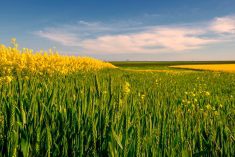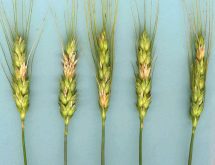Argentine farmers are hoarding millions of tonnes of soy as they bet on higher prices and a weaker peso, forcing crushers to pay a premium to get hold of beans in a deadlock that may last for months.
Growers in the South American country – the world’s No. 3 soybean exporter and the top supplier of soyoil and meal – are nearing the end of a record harvest that is expected to total about 54 million tonnes.
But they are in no hurry to sell. Across Argentina’s fertile Pampas plains, giant plastic silo bags are an increasingly common sight as farmers speculate on a more favourable economic outlook later in the year.
Read Also

Riding market swings can add farm profit
Regular price trends in the grain market can help farmers pinpoint how and when to sell their grain with more confidence, analyst says
“Farmers hear people saying the peso needs to be weaker, that the opposition is talking about cutting (grains) export taxes, so they think ‘why sell?,’” said Guillermo Moulia, a trader at the Guardatti Torti grains brokerage in the agricultural port city of Rosario.
Lower export taxes and a weaker peso are among the demands of farm leaders who have staged a wave of protests and commercial strikes against President Cristina Fernandez’s farm policy over the last two years.
State intervention in the wheat market is another leading gripe among farmers and this year they are expected to dedicate relatively little land to the cereal.
That means few growers are in a hurry to sell soy in order to invest in supplies for the new-season wheat campaign, which is getting off to a slow start due to dry soils.
Many growers may hold out until the start of the next corn and soy season – August or September – to sell.
“At the moment, the farmer is saying ‘I’ll finish the soy harvest, put the machinery away, go home and return to the fields in October to sow soybeans,’” Moulia said.














